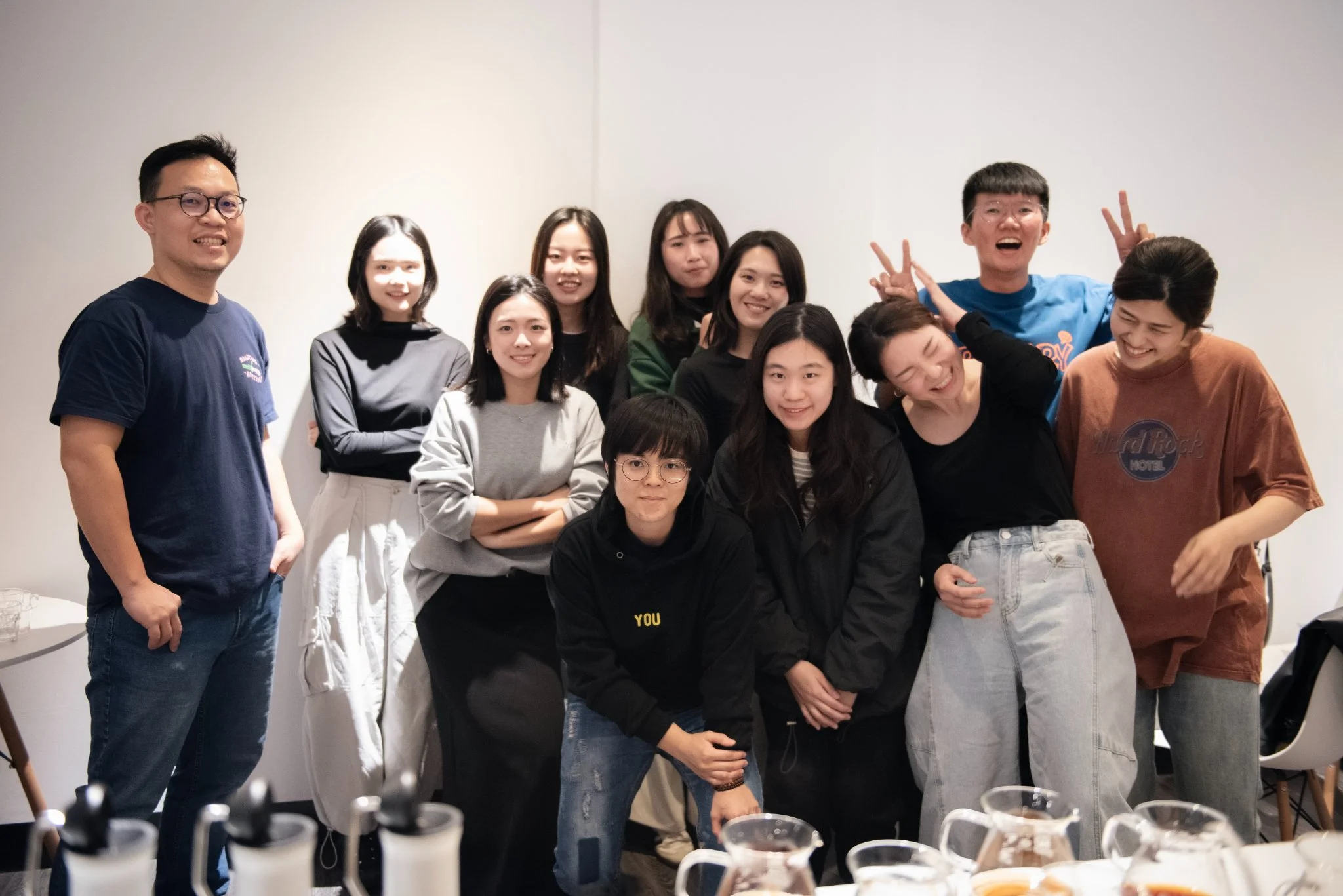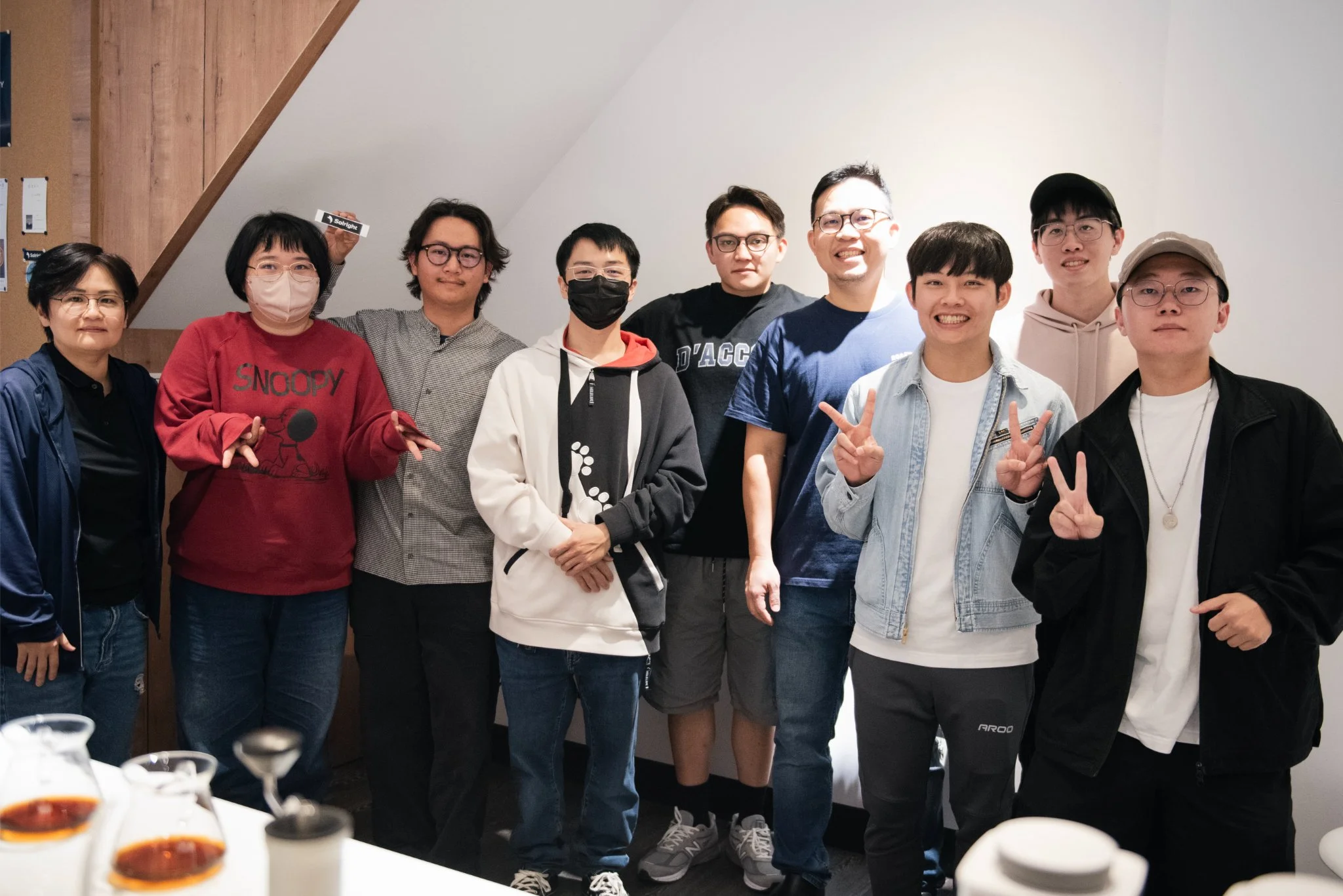Solrighter
Pour-Over Workshop|Grind Your First Cup of Specialty Coffee with the DB-1
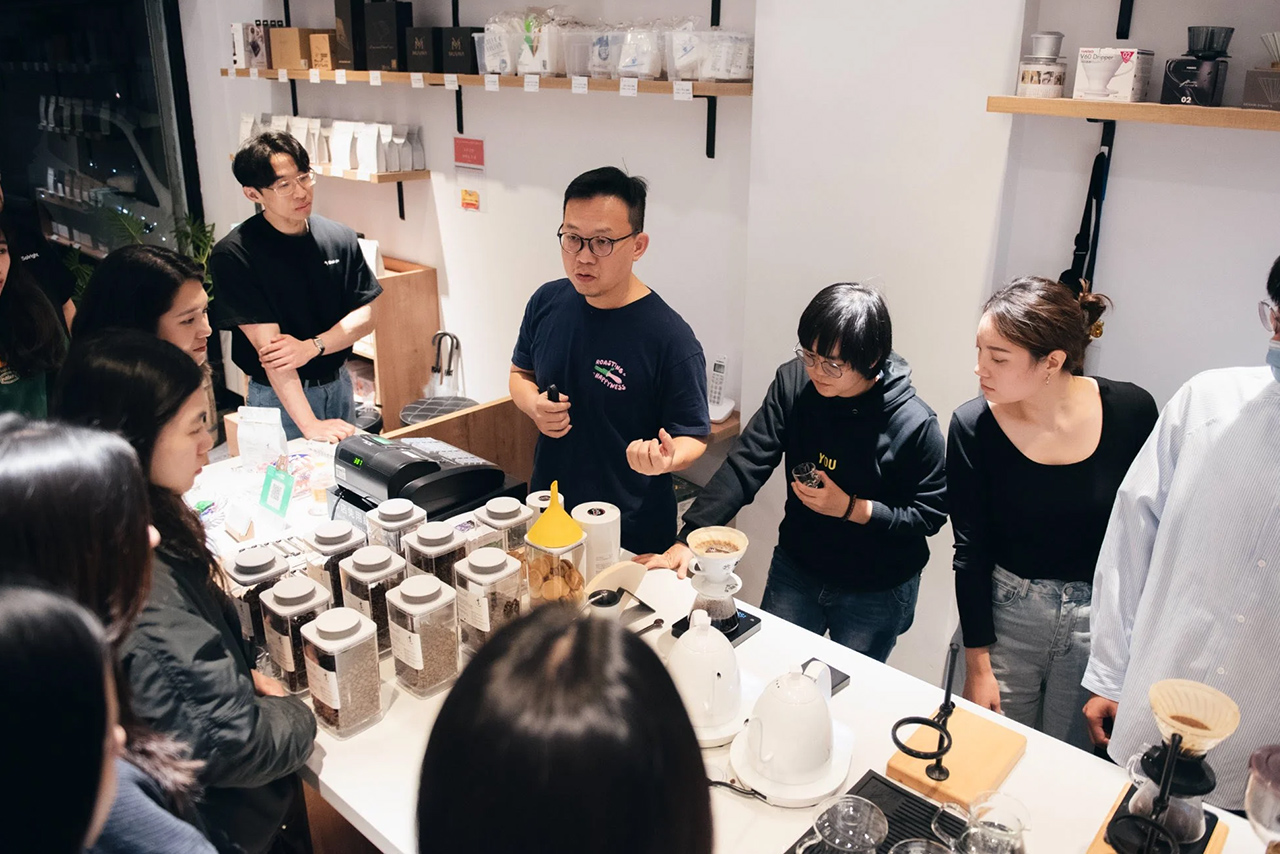
On a perfectly sunny weekend afternoon, we teamed up with our coffee partner from Tainan, Chao’s Coffee Roastery, to host a hands-on pour-over coffee workshop brimming with warm aromas and shared curiosity.
This wasn’t a typical technical course—it was a meaningful moment to slow down, appreciate the ritual of brewing, and take your first step into the world of hand-brewed coffee.
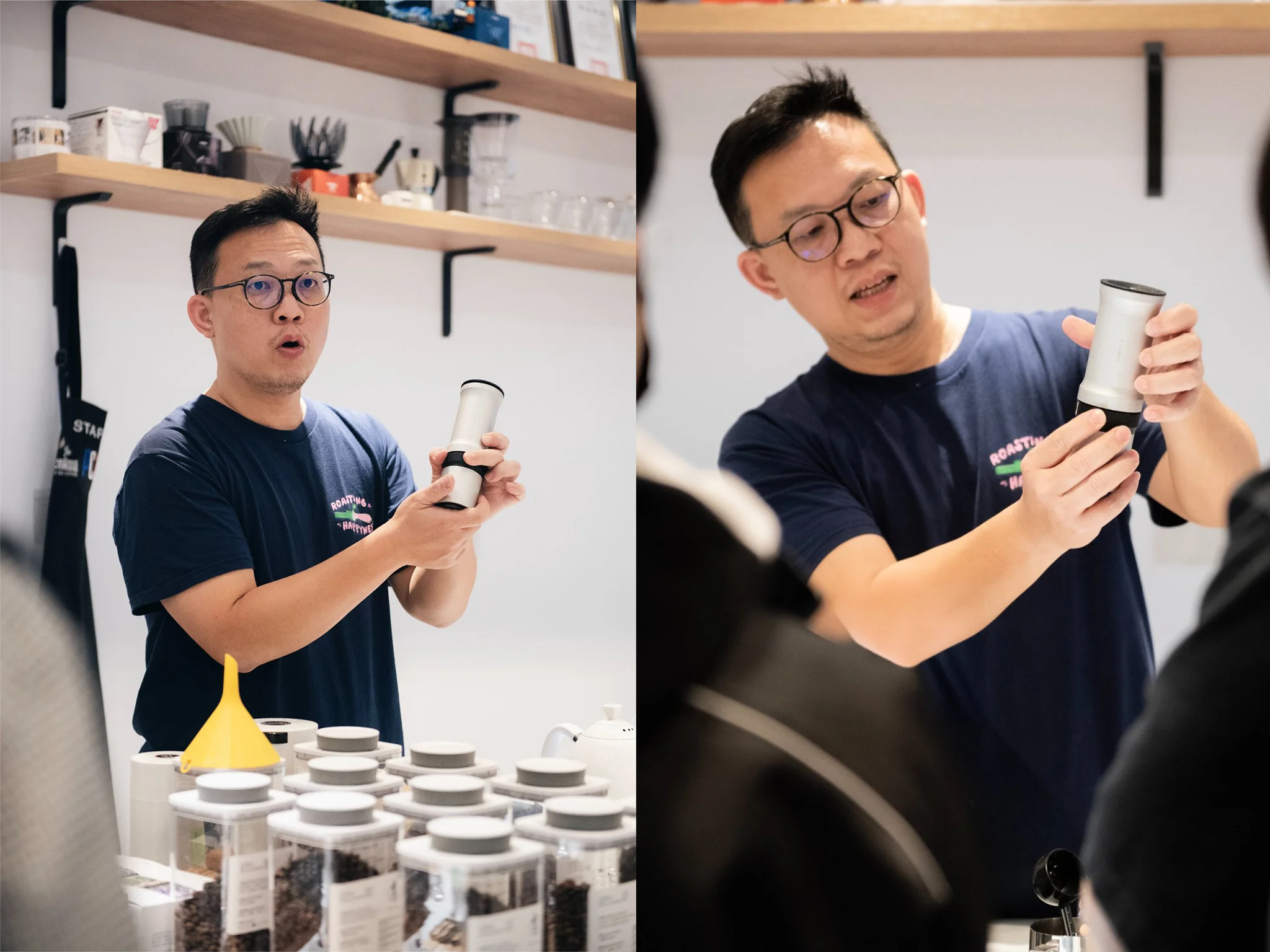
Starting with the Grind: Discover the Story Behind Every Cup
The workshop was led by Allen Chao, founder of Chao’s Coffee Roastery. In his approachable and clear teaching style, he guided participants through the fundamentals of brewing—from choosing beans, grind size, and water quality, to the structure of extraction.
One highlight was the hands-on introduction to our Solright DB-1 hand grinder.
Allen demonstrated how to disassemble, clean, and adjust the grind settings, helping everyone understand how different grind sizes can dramatically change a coffee’s flavor. For many participants, it was eye-opening to realize how even subtle changes could shift the taste profile—a small detail with a big impact.
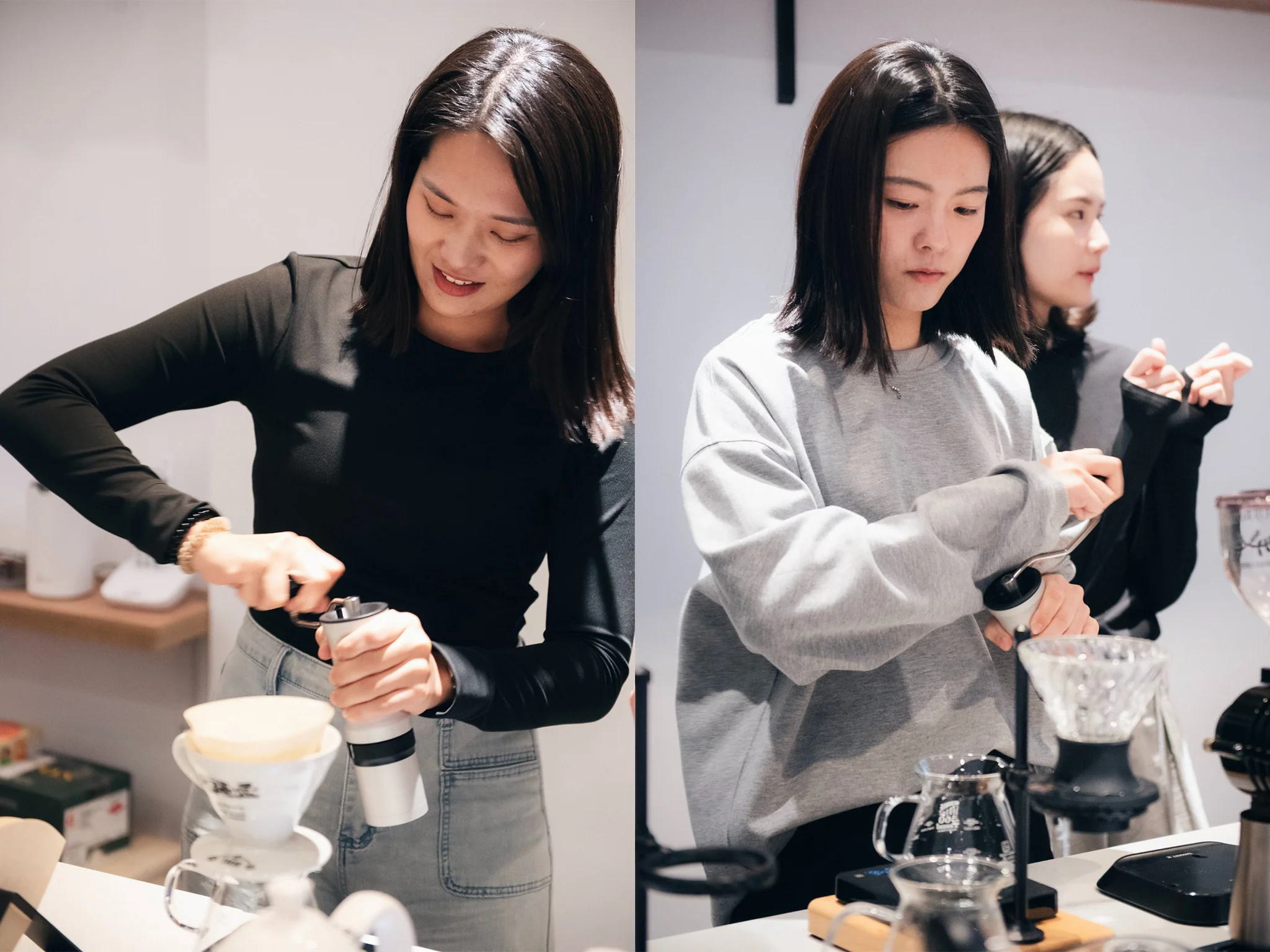

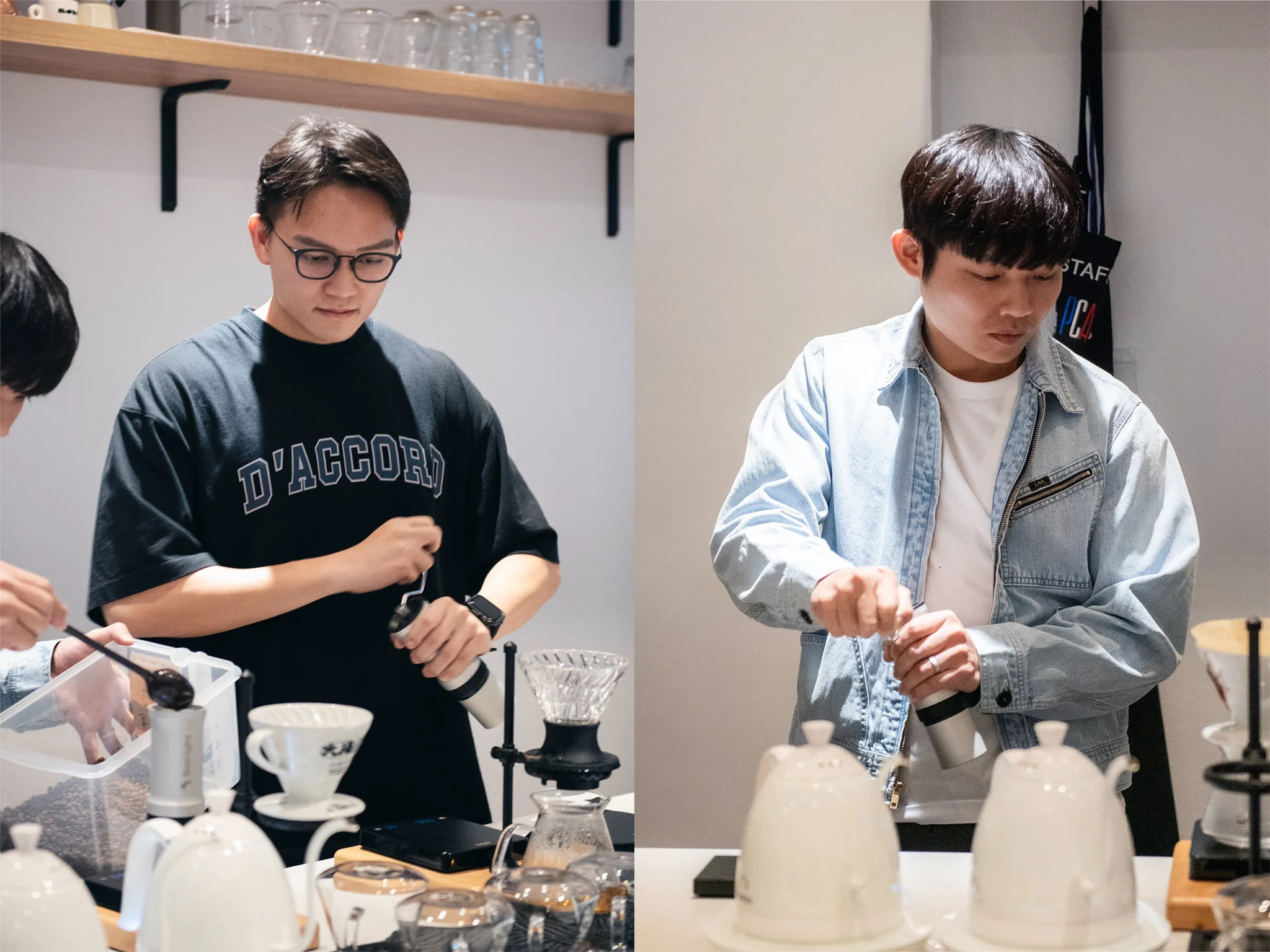
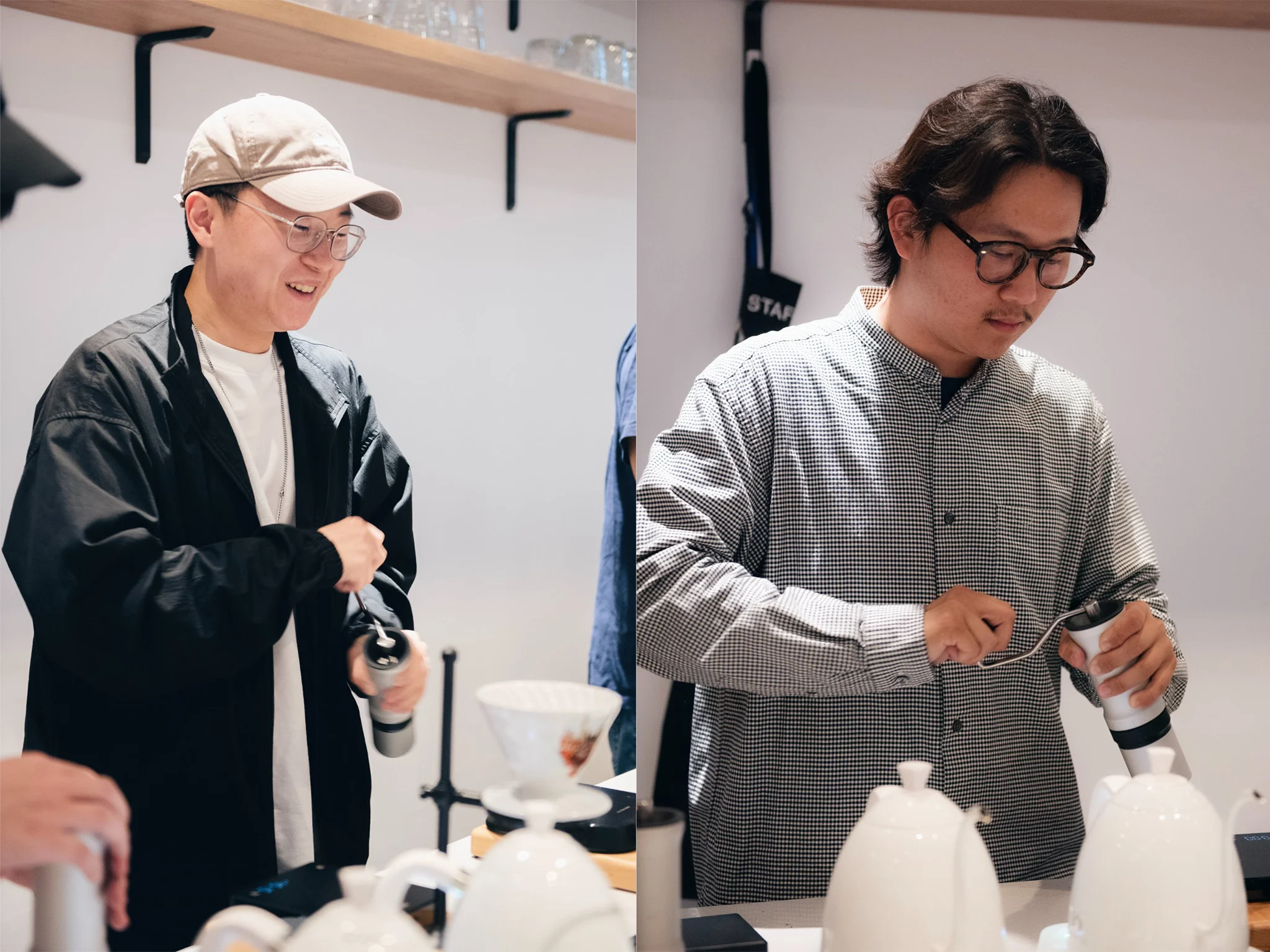
The Building Blocks of a Good Brew: Ratio, Water, and Rhythm
To help participants build a reliable brewing foundation, Allen shared three key concepts:
1. Brew Ratio: The Starting Point of Flavor
Common pour-over coffee ratios include:
- 1:12 (coffee:water) → Rich and full-bodied; great for those who enjoy a bold cup
- 1:15 → Well-balanced and versatile; a popular daily ratio for many baristas
- 1:18 → Clean and light; ideal for bright, fruity light-roasted beans
There’s no single “correct” ratio—what matters is finding the flavor profile you love. That journey starts with experimentation, note-taking, and adjusting as you go.
2. Water Quality (TDS): The Often-Overlooked Essential
The Total Dissolved Solids (TDS) of your brewing water has a huge influence on the final taste.
The ideal TDS level for brewing coffee is around 70 ppm—this helps extract the best from the beans without over-diluting or introducing off-flavors from excess minerals.
Allen reminded everyone that bottled waters vary greatly in TDS. It’s a good idea to check the label or use a TDS meter at home. Filtered water from a home system can also be an excellent choice.
3. Rhythm & Temperature: The Heartbeat of a Consistent Brew
Maintaining a steady pouring rhythm and brewing at the right temperature (ideally 88°C–94°C) ensures even extraction. If you’re new to pour-over, try pouring in circular motions and dividing your pours into stages—this helps you better control and understand each part of the brewing process.
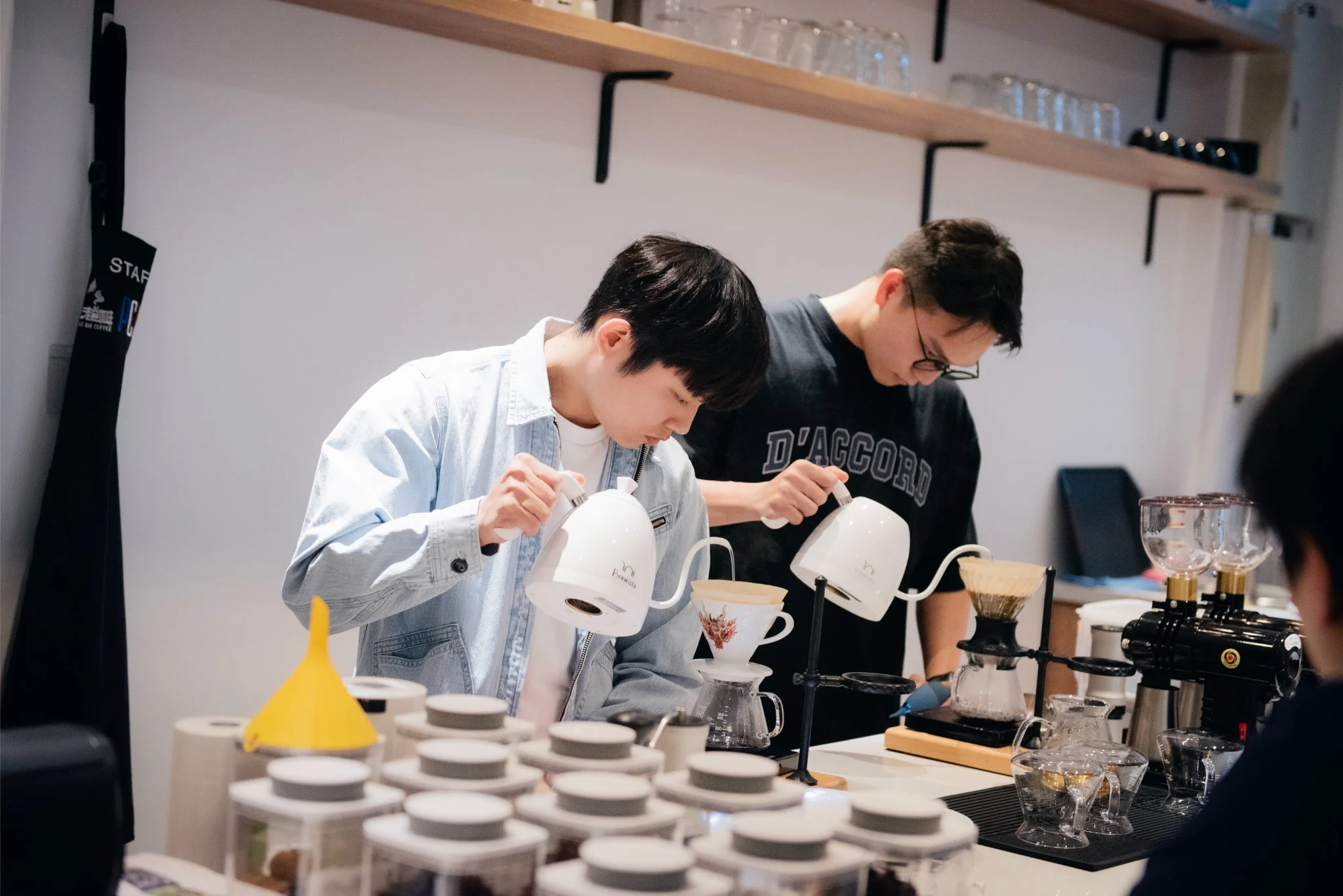
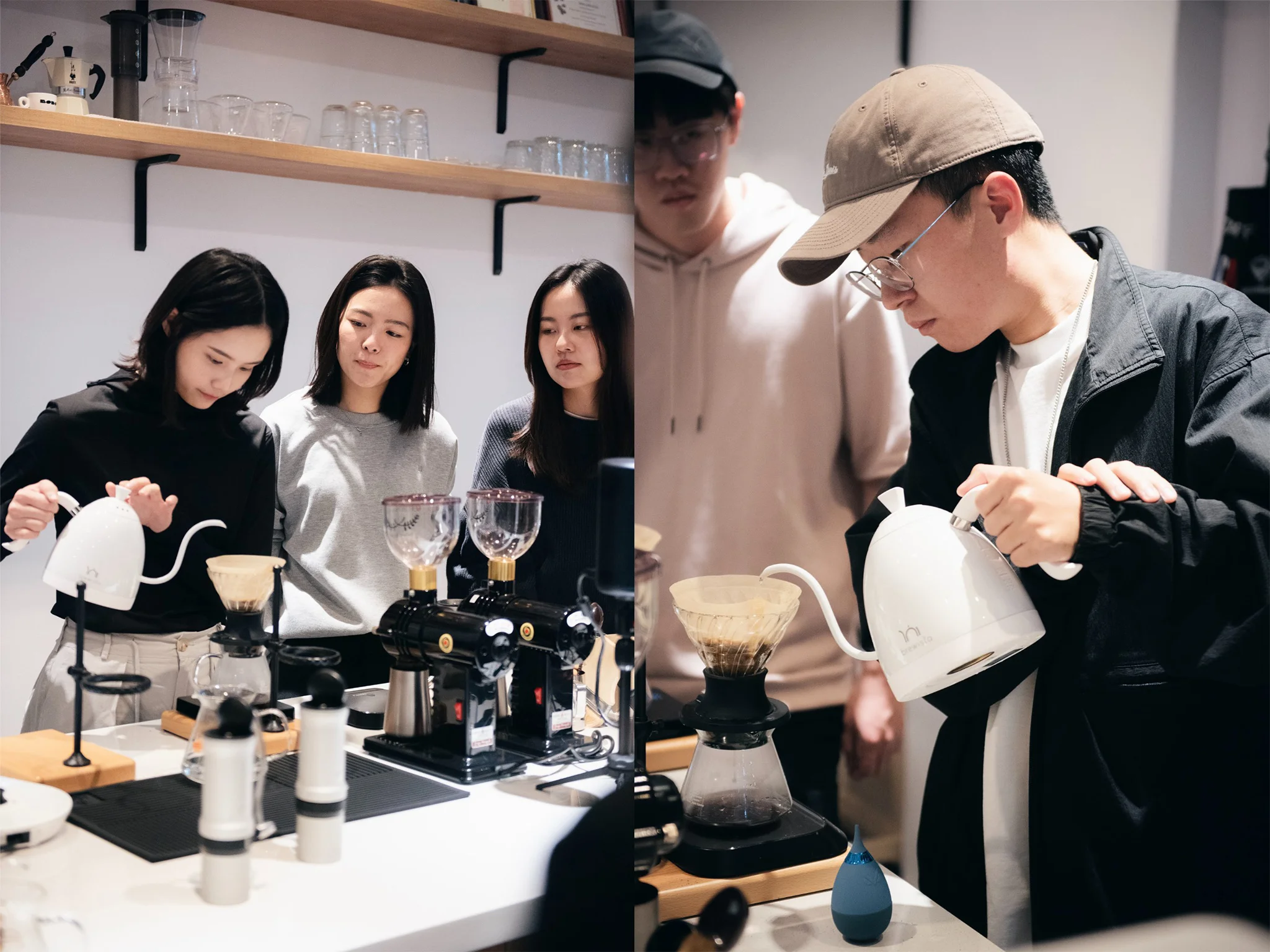
Finding Your Own Brewing Formula, Step by Step
Our participants ranged from first-time brewers to experienced coffee enthusiasts who’ve even competed in coffee events.
Through open conversation and friendly hands-on guidance, everyone found their own brewing rhythm in a relaxed and welcoming atmosphere.
Many were pleasantly surprised by how intuitive the DB-1 grinder felt—easy to adjust, comfortable to use, and simple to clean.
What once seemed like a “professional tool” became a new everyday companion—inviting more people to brew coffee at home with confidence and joy.
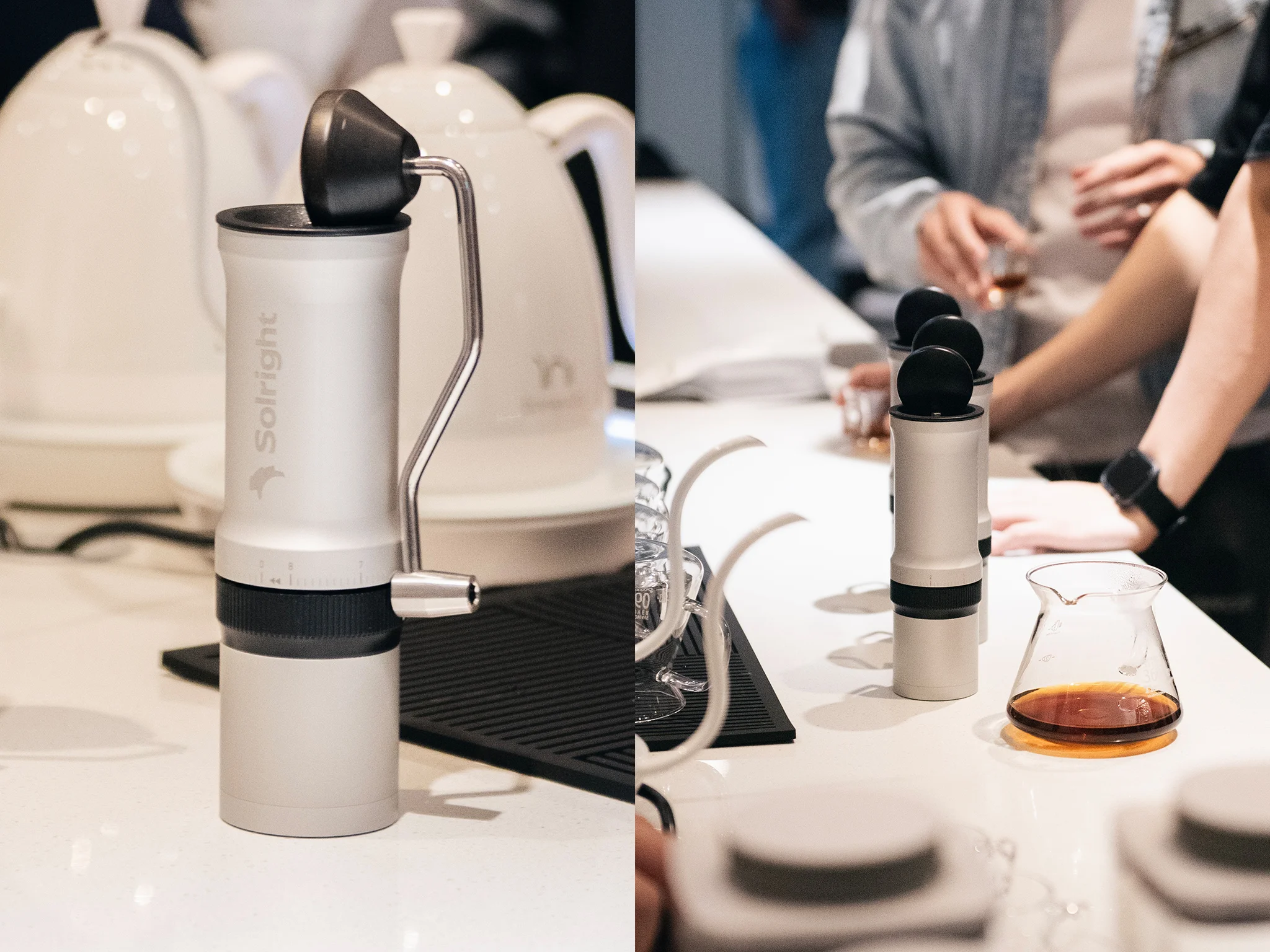
A Good Grinder Is the First Step Toward Great Coffee
We’ve always believed that great coffee tools shouldn’t be limited to professionals—they should be part of daily life for anyone who loves coffee.
The Solright DB-1 was designed with that in mind: simple, approachable, and easy to maintain, so you can enjoy brewing without feeling overwhelmed by technique.
Thank You for Being Part of This Wonderful Experience
This event was a beautiful success, full of warmth, laughter, and curiosity. Through learning and connection, everyone walked away with a deeper understanding of specialty coffee.
And this is just the beginning—we’ll be hosting more in-person experiences so even more people can discover the joy of coffee, one cup at a time.
Stay tuned for upcoming events and product launches—Solright is just getting started!
